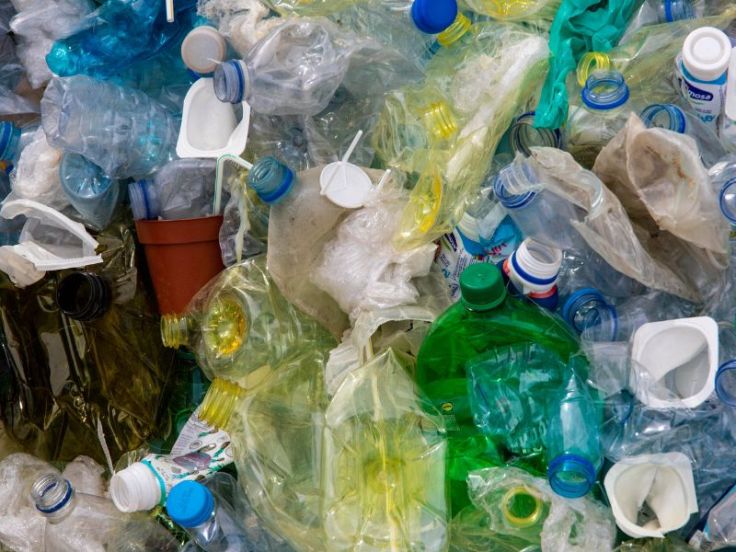
An article titled, “The Fundamental Links Between Climate Change and Marine Plastic Pollution”, describes the three ways in which climate change and ocean plastic pollution are interrelated: 1) the production of plastic relies on fossil fuel extraction and is thus a greenhouse gas contributor 2) climate and weather influence the distribution and spread of plastic pollution across environments 3) marine ecosystems and species are vulnerable to plastic pollution and climate change.
Though plastics have a wide range of uses, including packaging, electronics, toys, utensils, safety gear, and even infrastructure, they are associated with potent greenhouse gases, like carbon dioxide and methane throughout their lifecycles, from production to after-use.
How Is Plastic Made
Plastics are made from organic materials like natural gas, biomass, and oils. During the extraction process, pollutants and other natural gases like methane are released. After extraction, these substances are refined and heated into ethylene and propylene, which are linked together to form flexible and lightweight synthetic polymers.
Refining the oils, biomass, and natural gases that plastics are made of with heat directly generates carbon dioxide, other chemical pollutants, and still more methane gas. In the refining process, plastics are further heated in furnaces in a process called “cracking” so that they can be turned into usable products. Even after plastics have been used and discarded, they continue to slowly discharge methane and ethylene when exposed to solar radiation.

Plastic In the Ocean
Plastics are circulated by the flow of water and wind. Extreme weather, like floods and windy storms, can move plastics from one system to another. For example, flooding riverine systems can transport plastics into the ocean, while tropical storms from oceans can push plastics onto terrestrial surfaces.
Effects of Plastic Pollution in the Ocean
Plastics continue to impact the ecosystems long after they have been dumped into oceans. Ingesting plastic can lower the survival odds of certain marine organisms. In some cases, marine animals become entangled by plastic products or have their feeding and breathing pathways obstructed. On top of that, plastic potentially facilitates species migrations because plastic debris attracts encrusting organisms and microbial communities. Therefore both climate change and plastic pollution can contribute to species movement between ocean regions. Increased species mobility can bring about invasive species risks.
Some suspension feeders and benthic organisms likely mistake microplastic particles for food because the plastic particles are roughly the same size as feeding matter, such as plankton. Ingestion of plastic debris can be lethal or sub-lethal for marine species. Sub-lethal effects can be impaired reproduction ability, loss of sensitivity, the inability to escape from predators, loss of mobility, decreased growth, and body conditions.
Toxic chemicals like flame retardants, metal ions, and antibiotics are incorporated in some plastics and can also be ingested by wildlife. Fish that have been exposed to these chemicals are unsafe for human consumption as contaminated seafood sources can create adverse health effects on people.
The review, “The Fundamental Links Between Climate Change and Marine Plastic Pollution”, concludes that ocean plastics and climate change are inherently interactive. Plastics rely heavily on fossil fuels during production and continue to emit greenhouse gases long after they have been disposed of; which contributes to ocean heating and climate change. Climate change, on the other hand, is associated with extreme weather and floods which exacerbate the spread of plastics in and between land, freshwater, and marine environments. Both plastic pollution and climate change pose threats to marine ecosystems and species.
Leave a Reply